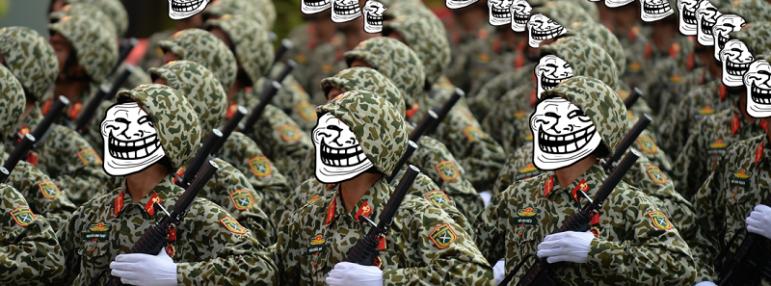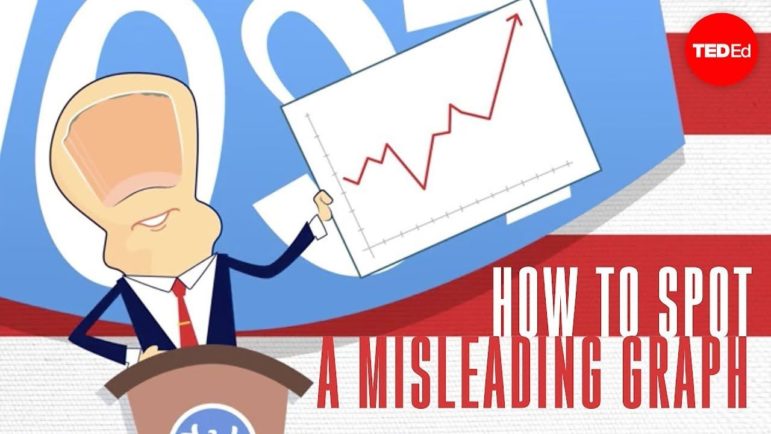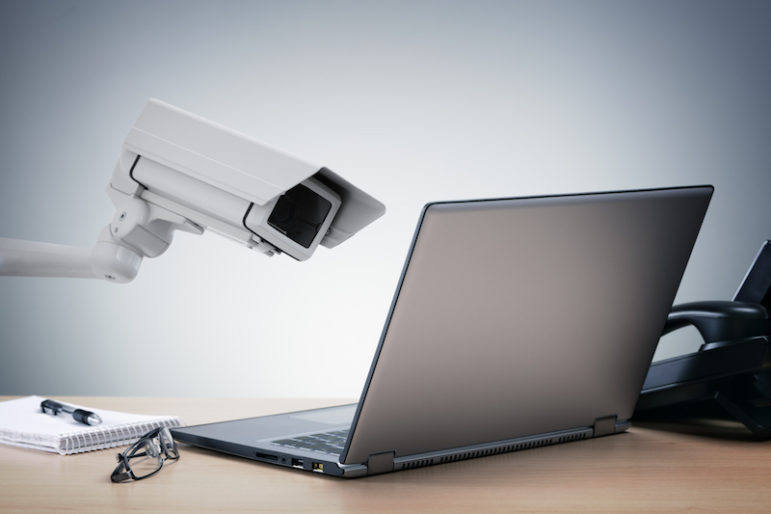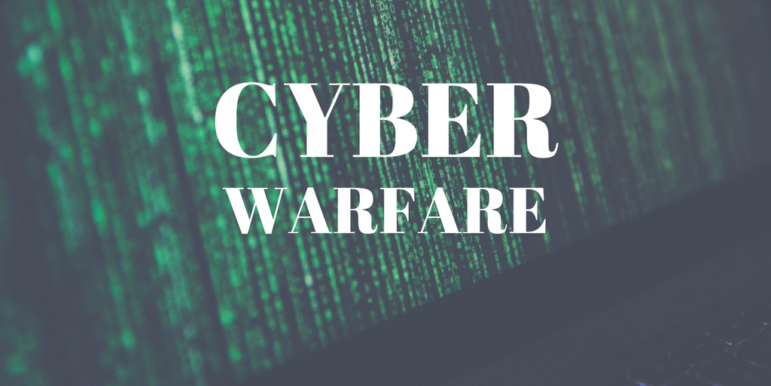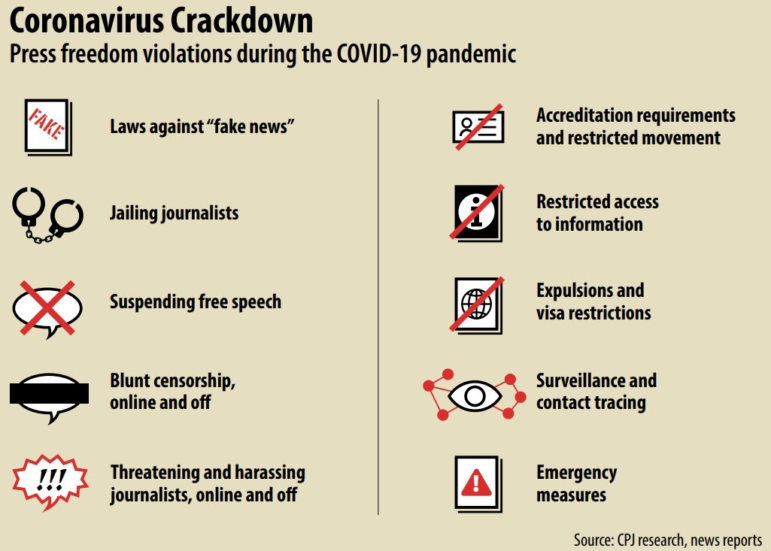
News & Analysis
Document of the Day: 10 Ways to Track Press Freedom during the Pandemic
The COVID-19 pandemic has reshaped the way journalists work, not least because many authorities have cited the contagion as a reason to crack down on the news media. Certain dangers will subside with time but some of the measures put into place that restrict press freedom – whether intended or not — could continue well into the future.


